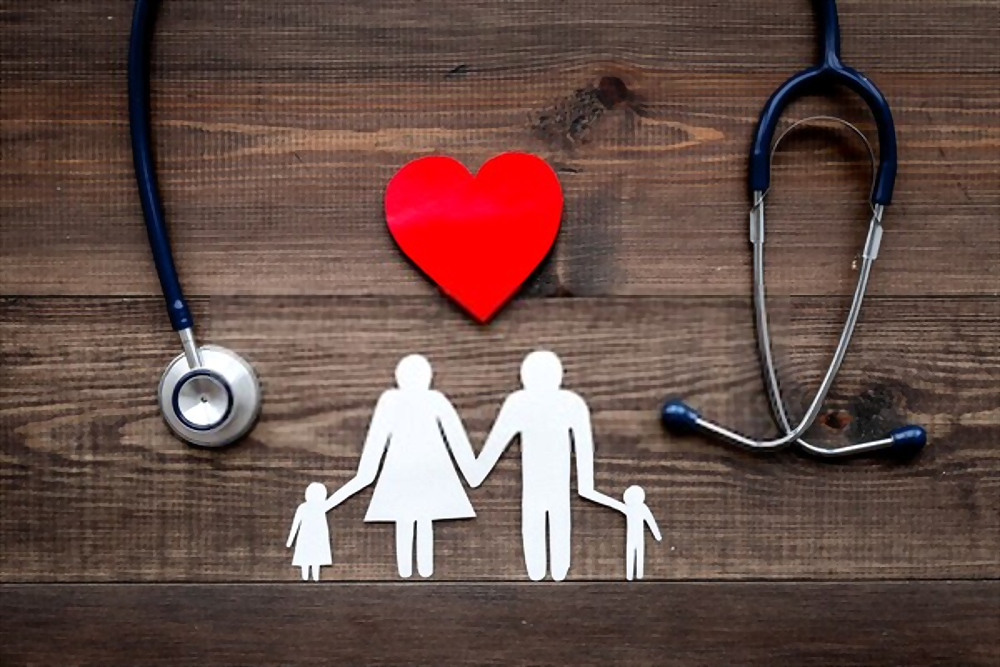Death is an unavoidable theme this time of year. Having just celebrated a great religious martyr, we move on to witness last January’s swaddled babe transformed into an ancient, arthritic geezer doomed to die at Thursday’s midnight toll. We ponder the lives of those who’ve passed this past twelvemonth—whether near, dear, or merely famous. And stories like the New York Times’ “Hard Choice for a Comfortable Death: Sedation” challenge us to ponder the process of dying itself. Such is the end of the year and a troubled decade.
Hence comes to mind “Life-Line,” the great Robert A. Heinlein’s first published science-fiction story (1939). In it, the ingenious Professor Pinero invented an apparatus that accurately predicted the exact moment of any person’s death. Although many of Heinlein’s speculative musings later came to pass (waterbeds, rail guns, travel to the moon), this one, thankfully, did not. Such a device (doubtless following a hideously expensive and lengthy FDA-approval process) would cause no end of mischief, including cutting billions from medical costs by simply denying care to people about to die.
A quiz: How much of our medical spending goes for treatments during the final year of people’s lives?
a. 5%
b. 20%
c. 33%
No matter what the number (revealed below), we’re hardly ready for a Pineroesque agency that emails you: “We regret to inform you that you’re in the last year of your life. Thus, except for relieving pain, we’re not going to pay for any more of your medical care.” Likewise, I doubt we’ll soon embrace our British cousins’ routine denial of life-saving treatments that statistically fail to add a “quality-adjusted life year” for $48,000 or less.
Still, there’s huge room for improvement in how America’s medical providers deal with dying. Their efforts (and costs) vary tremendously, depending on which hospital you—literally—end up in. The Dartmouth Atlas of Health Care has reported that NYU Medical Center collects an average of $105,000 for treating elderly patients during their final two years of life. UCLA’s Medical Center costs $94,000. Yet the Mayo Clinic’s world-renowned Minnesota teaching hospital costs only $53,432. Dartmouth’s researchers estimate that Medicare could save $10 billion per year if all hospitals provided the same level of care as the most efficient facilities.
Some critics argue that cost-per-death measurements completely miss the more important metric of cost per life saved and death indefinitely postponed. But others point to how poorly our elderly patients and their families are informed about their treatment options and then listened to about how they want to live their final days. Fully-informed wishes should (almost) always trump doctor and institutional proclivities toward extraordinary efforts. Alas, they don’t, and it’s probably no coincidence that such heroic measures invariably produce greater doctor and hospital revenues.
Yet, all this raises the question of how much should we spend—individually and collectively—on medical care at any age or stage of life. More critically, who should decide? Many politicians (and at least one medical “ethicist”) believe these questions should be answered through our democratic political process, with elected officials and civil servants making our expenditure decisions for us—as they have long done for America’s veterans, elderly, disabled, and poor—and as the U.K. does for everyone there. That, in my view, is a defeatist, dehumanizing and economically suboptimal approach that runs counter to what we’ve long stood for as a nation. It removes the individual from decisions that only that person—or her family—should make.
Fortunately, there is another, even more democratic decision process we could be using to rationally and ethically express our national will about medical expenditures: transparent, lightly regulated medical markets. Such markets would allow every individual to decide how much she chooses to spend on health insurance and medical care and what services should be included. With the addition of a strong financial safety-net component, our collective will would then be expressed as the grand total of all voluntarily purchased medical goods and services—just as we calculate our collective decisions for buying food, clothes, and virtually everything else. In other words, total medical expenditures should be an output measure determined by individual priorities and decisions. They should not be an input amount decided in advance by congressional budgets and institutionally rationed care.
So, which do you trust more, our collective will expressed through individual choice, or the quality and quantity of medicinal meat extruded through the aft end of a political sausage grinder? While Senate and House health reform bills that further centralize medical care may soon become law, my roseate optimism inclines me to the notion that—despite such ill-advised detours—sooner or later we will be willing to try even a regulated market-based solution to health reform. Sooner would be better.
As for the quiz, the correct answer is 5%. At more than $125 billion a year, the cost of end-of-life care is a tidy sum, but hardly the bank-breaking burden oft circulated by urban legend and uninformed pundits. Dying, though expensive, is arguably affordable. It’s just unfair, unethical, and inefficient the way we do it now.
Now we can move beyond morbid thoughts to a Happy New Year!!

